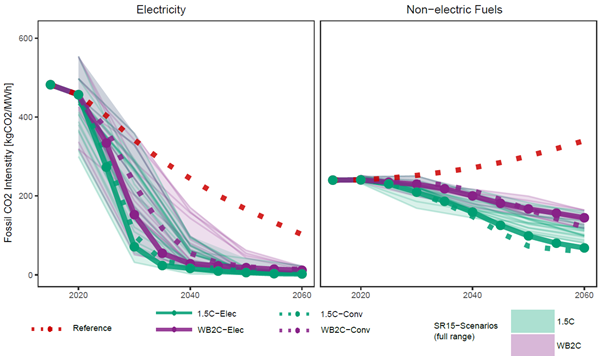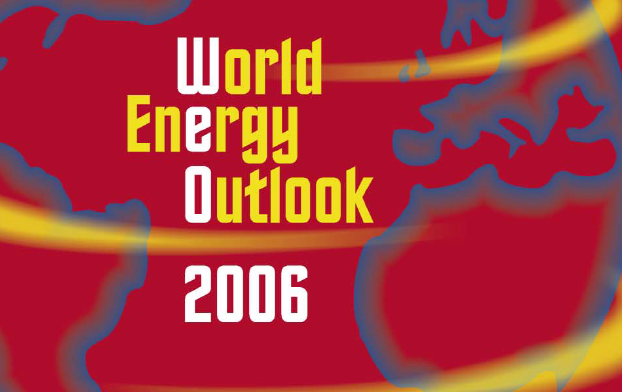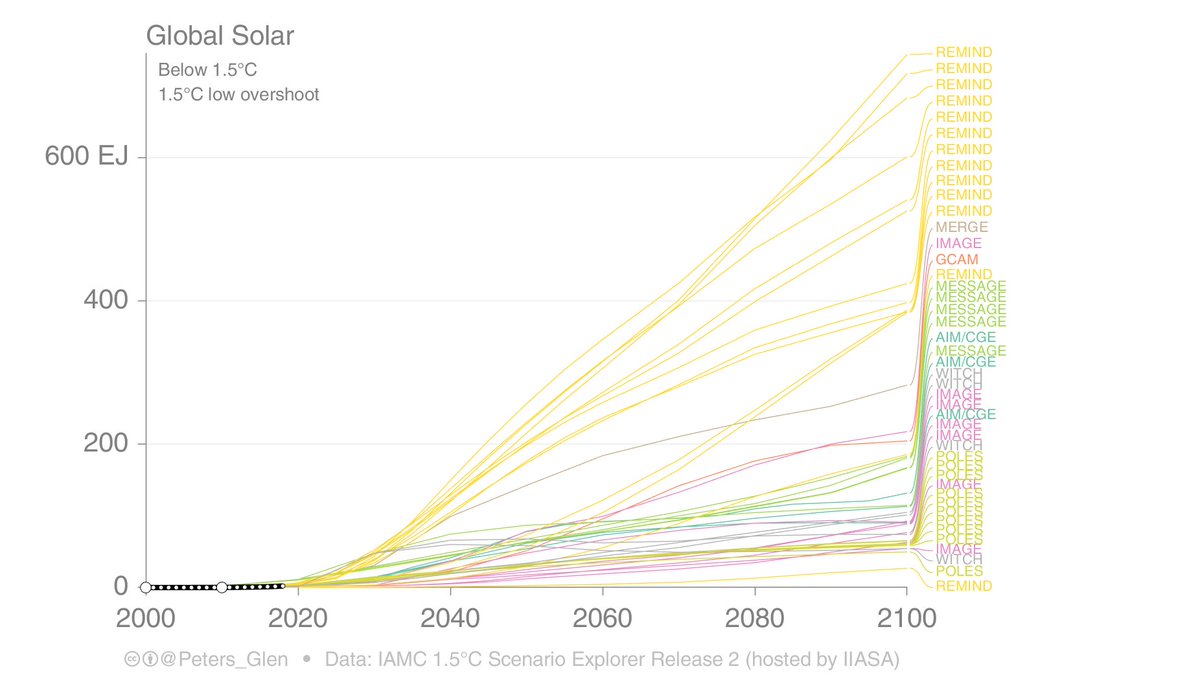Discover and read the best of Twitter Threads about #SR15
Most recents (24)
Thank you to the @IPCC_CH's 700+ experts from 90 nations for completing #AR6. A multilateral tour de force of #ClimateScience.
Here are 5 #infographics that help explain the individual reports captured in this #IPCC cycle.
A synthesis of the synthesis 🤔 is in the works!

Here are 5 #infographics that help explain the individual reports captured in this #IPCC cycle.
A synthesis of the synthesis 🤔 is in the works!


1) Global Warming of 1.5°C (2018) #SR15
ipcc.ch/report/infogra…
Working with @SISeneviratne, @JoeriRogelj, @MelichatGo and countless others. We translated into five languages aside from English: Mandarin, Arabic, Russian, Spanish and French @BMHayward

ipcc.ch/report/infogra…
Working with @SISeneviratne, @JoeriRogelj, @MelichatGo and countless others. We translated into five languages aside from English: Mandarin, Arabic, Russian, Spanish and French @BMHayward


The @UN #HLEGReport on Net-zero Emissions Committments is out
The problem though: #IPCC 1.5C pathways don't reach net zero GHG emissions by "2050 or sooner", but by the end of the century. The famous "net zero by 2050" (better "early 2050s) is CO2 only
un.org/en/climatechan…
1/
The problem though: #IPCC 1.5C pathways don't reach net zero GHG emissions by "2050 or sooner", but by the end of the century. The famous "net zero by 2050" (better "early 2050s) is CO2 only
un.org/en/climatechan…
1/

You might be in disbelief, but have a look at the #IPCC AR6 WG3 Summary for Policymakers, Table SPM.2:
For 1.5C with no or limited overshoot (category C1), pathways reach net-zero CO2 in 2050-2055, but net-zero GHG in 2095-2100
ipcc.ch/report/ar6/wg3…
2/n
For 1.5C with no or limited overshoot (category C1), pathways reach net-zero CO2 in 2050-2055, but net-zero GHG in 2095-2100
ipcc.ch/report/ar6/wg3…
2/n

The difference between net-zero CO2 and net-zero GHG can be explained by the dominant role of non-CO2 GHGs (methane, nitrous oxide, f-gases) in residual emissions and the dominant role of CO2 in removals
➡️Only 6 out of 97 scenarios in the #IPCC #AR6 WG3 category C1 ('no to limited overshoot') never cross 1.5C
➡️91 out of 97 cross 1.5C temporarily, and then go back to 1.5°C by 2100
If you read the Summary for Policymakers of IPCC AR6 WG1 (Aug. 2021), this cannot come as surprise
➡️91 out of 97 cross 1.5C temporarily, and then go back to 1.5°C by 2100
If you read the Summary for Policymakers of IPCC AR6 WG1 (Aug. 2021), this cannot come as surprise
Below the numbers from #IPCC #AR6 WG1. Not sure if this knowledge was conciously included in "keeping 1.5C alive and within reach" messaging around #COP26.
'Overshoot' pathways (= exceedance & return) didn't make it onto the high-level #UNFCCC agenda yet
ipcc.ch/report/ar6/wg1…
'Overshoot' pathways (= exceedance & return) didn't make it onto the high-level #UNFCCC agenda yet
ipcc.ch/report/ar6/wg1…

The overshoot logic might also a little bit hard to detect in this #IPCC #AR6 WG1 SPM figure. That's because overshoot is quite small (0.1°C) for SSP1-1.9, while at the same time all standard RCP levels (1.9-8.5) are shown in one figure
ipcc.ch/report/ar6/wg1…
ipcc.ch/report/ar6/wg1…

The #IPCC #AR6 WG3 report includes a comprehensive assessment of Carbon Dioxide Removal (CDR), its role in mitigation strategies and long-term pathways, but also a techno-economic assessment of ~10 CDR methods
An ongoing 🧵
[1/n]
An ongoing 🧵
[1/n]

Many thanks to the @IPCC_CH WG3 authors for this essential report. Some key take-home messages: 1) despite the known urgency, greenhouse gas emissions have still increased in last decade. They are at their highest level ever. The main culprit: fossil fuels (petrol, gas, coal). 

2) For a breakdown of CO2 emissions, which need to be brought to zero for climate stabilisation, see also the @IPCC_CH WG1 report, ch5 (Fig. 5.5), explicitly showing the causes: petrol (oil), gas, coal; and land use change. ipcc.ch/report/ar6/wg1/ 

3) The @IPCC_CH WG3 report shows that we are absolutely not on track to limit global warming to 1.5°C. In fact, current policies would bring us to 3.2°C of global warming (report.ipcc.ch/ar6wg3/pdf/IPC…): 

Lundi paraît le rapport du GIEC sur #WGIII, sur les moyens de limiter le changement climatique.
Si vous habitez en Europe, et plus généralement si vous avez les pieds sur Terre, vous avez quelques bonnes raisons de vous intéresser à ce rapport.
Si vous habitez en Europe, et plus généralement si vous avez les pieds sur Terre, vous avez quelques bonnes raisons de vous intéresser à ce rapport.

1 - les canicules: outre leur caractère désagréable, elles dégradent votre santé, causent des décès et ont des effets en cascade sur les feux de forêt, la qualité de l'air, etc. 

Les solutions: rester en deçà de 1,5 ou 2°C, mais aussi de renforcer les systèmes de santé, adapter les villes...
@larep_fr nous donne un exemple de système de santé qui n'a pas eu besoin du changement climatique pour rencontrer de grandes difficultés 👇
larep.fr/orleans-45100/…
@larep_fr nous donne un exemple de système de santé qui n'a pas eu besoin du changement climatique pour rencontrer de grandes difficultés 👇
larep.fr/orleans-45100/…
We are in the midst of a huge technology revolution. In the 2010s, costs for solar PV have decreased by 85%, for wind power by 50% (@REN21 ), and batteries are repeating that pattern. Solar and wind are already the cheapest electricity option in most parts of the world. 

However, electricity currently only accounts for 20% of global final energy, because it is the most costly energy carrier. The remaining 80% non-electric are mostly fossil-based. Transitioning non-electric fuels to low-carbon will take much longer than decarbonizing electricity. 

We all grew up in a world where firms and consumers pay a lot more for one kWh of electricity than for any other energy carrier. Electricity is the most costly energy carrier, because it is produced by burning fossil fuels at substantial conversion losses.
Energy Revolution Ahead? Quite possible! Our new paper @NatureEnergyJnl explores the prospects of renewables-based electrification towards limiting warming at 1.5°C.
nature.com/articles/s4156…
Thread on the key points.
nature.com/articles/s4156…
Thread on the key points.
We are in the midst of a huge technology revolution. In the 2010s, costs for solar PV have decreased by 85%, for wind power by 50% (@REN21), and batteries are repeating that pattern. Solar and wind are already the cheapest electricity option in most parts of the world. 

A comment with some initial promise, but quickly bogged down. Reason? Have to convince themselves, somehow, that developing countries must also get on the "net zero" bandwagon. @mauskar @KanitkarT @3rdworldnetwork @bforboseman
First part of paper acknowledges importance of carbon budget, how remaining budget for 1.5 is woefully short. Not exactly an earth-shaking finding -- but good they agree. It was pretty obvious at the time of Paris itself.
Negative emissions brought on board by scientists, to try and squeeze blood out of stone!! Otherwise there was zilch to say about 1.5 deg C as a target, except -- INFEASIBLE. So 1.5 deg scenarios have liberal, walloping doses of -ve emissions.
Since it is #WEO2021 day: How has the framing of #nuclear power in the World Energy Outlook reports evolved throughout the years?
Here follows a brief history of global nuclear policy! Thread.👇 (Source: @IEA)
Here follows a brief history of global nuclear policy! Thread.👇 (Source: @IEA)

IPCC #AR6 WGI report on the physical science basis of climate change is out today.
Find the the Summary for Policymakers and the Full Report here ipcc.ch/report/ar6/wg1/
[1/n]
Find the the Summary for Policymakers and the Full Report here ipcc.ch/report/ar6/wg1/
[1/n]

Here's a short thread on Carbon Dioxide Removal, and how the #IPCC #AR6 WGI assessment (led by @KirstenZickfeld) relates to the WGIII report (due in March 2022)
ipcc.ch/report/ar6/wg1/
[2/n]
ipcc.ch/report/ar6/wg1/
[2/n]

First, some important context on remaining carbon budgets, pathways and net-zero emissions - since it doesn't make any sense to talk about Carbon Dioxide Removal (CDR) in isolation.
ipcc.ch/report/ar6/wg1/
#IPCC #AR6
[3/n]
ipcc.ch/report/ar6/wg1/
#IPCC #AR6
[3/n]
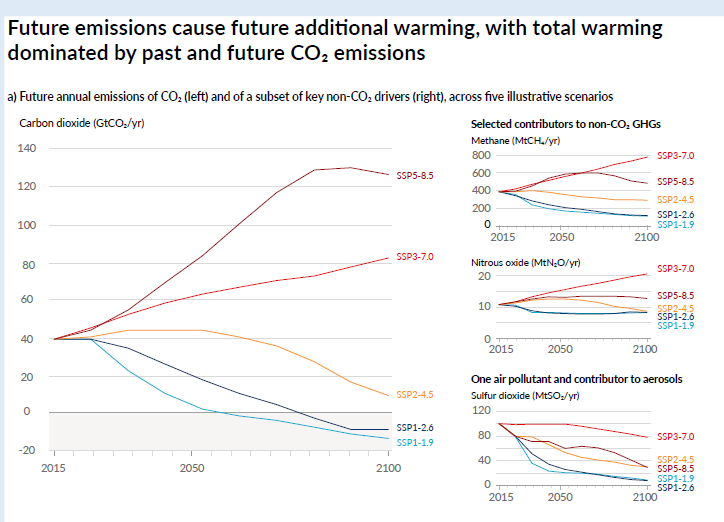
THREAD "Limiting climate change to 1.5°C is now virtually impossible"
Therefore, a report that focuses on 3°C temperature rise by 2100 (2.7–3.1°C based on current climate policies).
While noting "acting early & urgently reduces the scale of the impacts"
science.org.au/supporting-sci…
Therefore, a report that focuses on 3°C temperature rise by 2100 (2.7–3.1°C based on current climate policies).
While noting "acting early & urgently reduces the scale of the impacts"
science.org.au/supporting-sci…
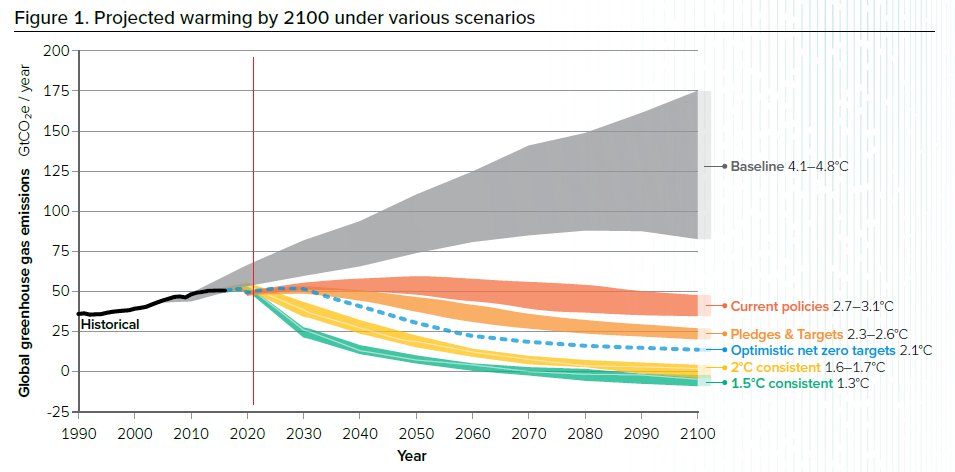
Today's news from Australia's @Science_Academy latest climate report: "limiting climate change to 1.5°C is now virtually impossible"
I'm quite confused by their finding & scientific evidence backing it up is questionable at best.
#auspol
- a thread (1/n)
smh.com.au/environment/cl…
I'm quite confused by their finding & scientific evidence backing it up is questionable at best.
#auspol
- a thread (1/n)
smh.com.au/environment/cl…
The @Science_Academy's analysis starts from carbon budgets reported in @IPCC_CH's 1.5°C Special Report's Table 2.2 (orig. below).
Then makes adjustments & updates.
Having had the pleasure to compile Table 2.2 for #SR15, let's compare and try to make sense of the numbers
(2/n)
Then makes adjustments & updates.
Having had the pleasure to compile Table 2.2 for #SR15, let's compare and try to make sense of the numbers
(2/n)

The @Science_Academy's table starts from IPCC's 1.5C carbon budget for a 50% chance.
(Note1: the table quotes either a wrong likelihood or a wrong number, but that's a detail)
(Note2: IPCC Table 2.2 is in GtCO2, the table below in GtC. Multiply by 3.6 to convert to GtCO2)
(3/n)
(Note1: the table quotes either a wrong likelihood or a wrong number, but that's a detail)
(Note2: IPCC Table 2.2 is in GtCO2, the table below in GtC. Multiply by 3.6 to convert to GtCO2)
(3/n)

We have just published a perspective in @Joule_CP. Main message: Although underestimated by many models, solar PV has a large potential for mitigating climate change in the next decade which is key to remain on a path compatible with the Paris Agreement. authors.elsevier.com/a/1cpj3925JEG7…
As stated in the summary, our aim is to open a constructive discussion among PV experts, modellers, and policymakers regarding how to improve the representation of this technology in the models, and how to ensure that manufacturing and installation of solar PV can ramp up on time
Summary threat (a long one, so you may select what you are interested in)
Tweets 1-7: how solar become so cheap so fast
Tweets 8-9: innovations in the pipeline
Tweets 10-20: why some models have underestimated the potential of PV
Tweets 21-29: challenges for a fast ramping up
Tweets 1-7: how solar become so cheap so fast
Tweets 8-9: innovations in the pipeline
Tweets 10-20: why some models have underestimated the potential of PV
Tweets 21-29: challenges for a fast ramping up
A crucial aspect still unclear in Biden administration's #climate policy plan. Does "net-zero economy by 2050" cover all greenhouse gases (like in EU) or only CO2 (like US 2035 target for power sector)?
Net-zero GHG is much more ambitious than net-zero CO2
whitehouse.gov/briefing-room/…
Net-zero GHG is much more ambitious than net-zero CO2
whitehouse.gov/briefing-room/…
Net zero GHG is much harder to achieve than net zero CO2. In global scenarios, it takes 10-20 years longer
swp-berlin.org/10.18449/2020R…
swp-berlin.org/10.18449/2020R…
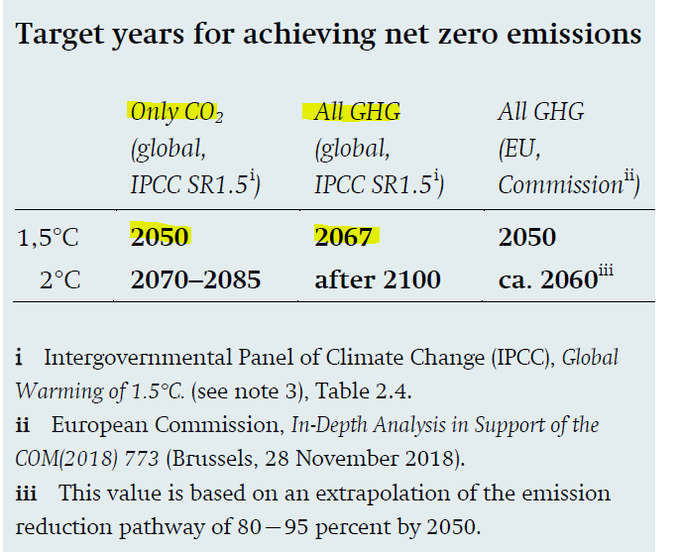
Some updated carbon budgets from @CONSTRAIN_EU
→ 5 years left for 66% <1.5°C (HT @rtmcswee)
To what degree should we look at 66% <1.5°C?
* According to the 2018 #SR15, there are no scenarios 66% <1.5°C
* Huge gap between 50% 1.5°C & 66% 2°C (~1.7-1.8°C)
constrain-eu.org/publications/z…
→ 5 years left for 66% <1.5°C (HT @rtmcswee)
To what degree should we look at 66% <1.5°C?
* According to the 2018 #SR15, there are no scenarios 66% <1.5°C
* Huge gap between 50% 1.5°C & 66% 2°C (~1.7-1.8°C)
constrain-eu.org/publications/z…

We have become so obsessed with these arbitrary lines at 1.5°C & 2°C, but I think the more relevant point, is that there is a HUGE gap between 1.5°C & 2°C.
While 1.5°C might be too late, there is still lots to fight for.
Every 0.1°C is ~200GtCO₂!
cicero.oslo.no/no/posts/klima…
While 1.5°C might be too late, there is still lots to fight for.
Every 0.1°C is ~200GtCO₂!
cicero.oslo.no/no/posts/klima…
A slight technical point. 66% <1.5°C is probably around 1.3-1.4°C for 50%. We are at ~1.2°C today, so a 0.1°C increase or 200GtCO₂ is quite consistent with the remaining budget for 66% <1.5%...
[The 0.1°C ~ 200GtCO₂ is based on the TCRE, see link in previous tweet]
[The 0.1°C ~ 200GtCO₂ is based on the TCRE, see link in previous tweet]
On the 5th anniversary of the #ParisAgreement, the General Assembly of @ICOMOS (the global cultural heritage NGO) has overwhelmingly voted to declare a Climate & Ecological Emergency.
A THREAD /1
icomos.org/en/focus/clima…
#Parisversaire #CultureDeclaresEmergency #ClimateHeritage
A THREAD /1
icomos.org/en/focus/clima…
#Parisversaire #CultureDeclaresEmergency #ClimateHeritage
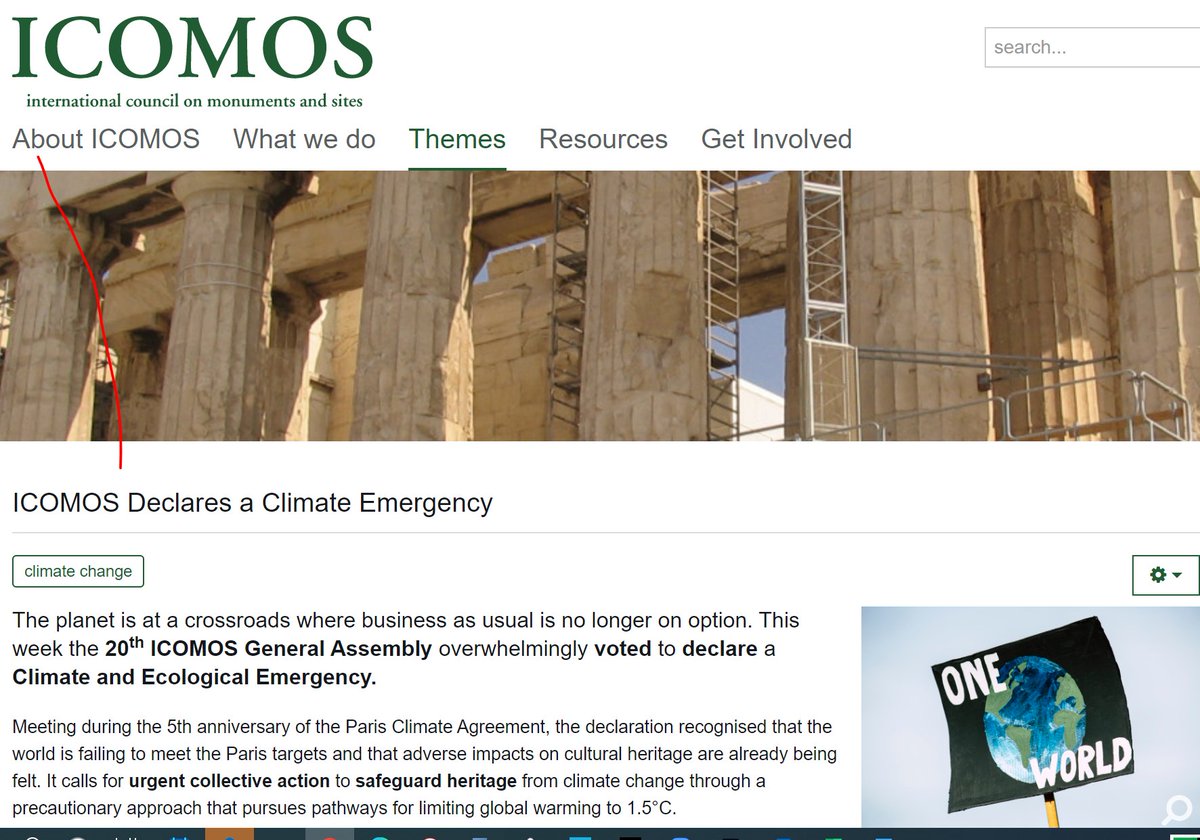
In 2017 @ICOMOS committed to mobilising for #ClimateAction, recognising that unprecedented concentrations of anthropogenic GHGs were changing the climate, it committed to delivering cultural heritage-based solutions to implement the #ParisAgreement.
/2
public.3.basecamp.com/p/juW883Soihrb…
/2
public.3.basecamp.com/p/juW883Soihrb…
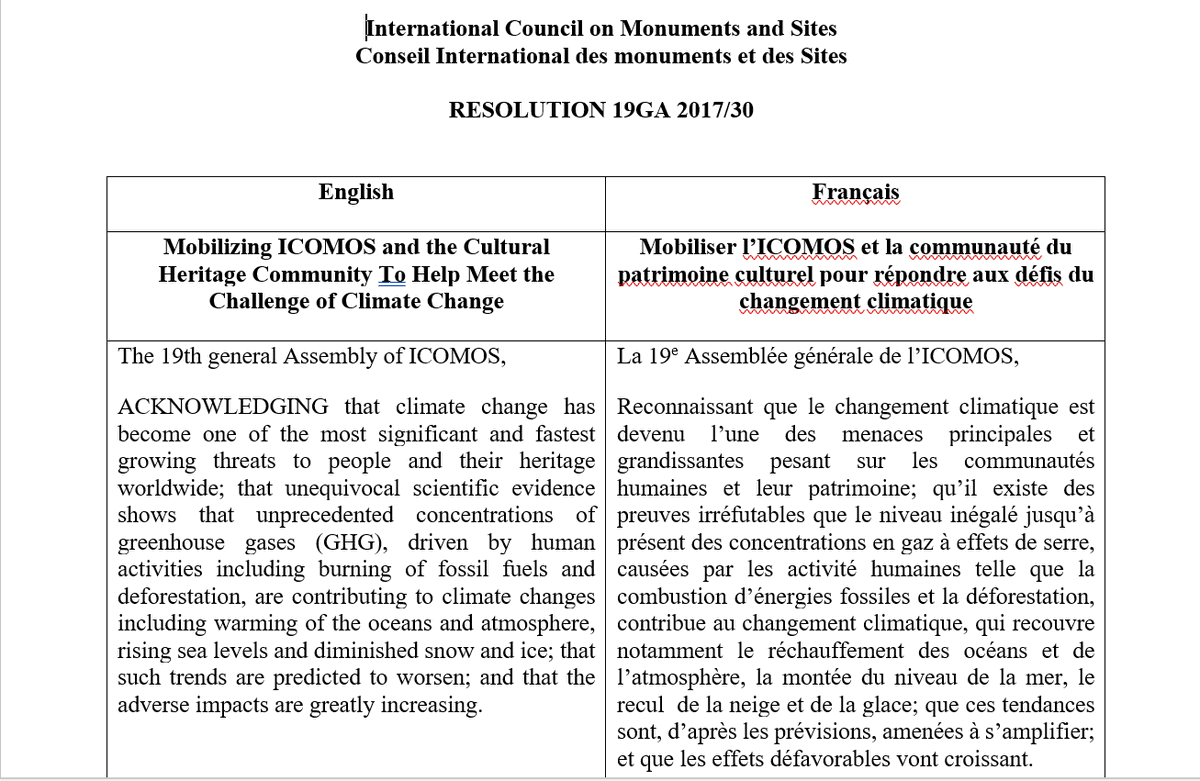
Since then, things have gotten worse. In 2018, @IPCC_CH found that climate change impacts on both human & natural systems may be long-lasting or *irreversible.* #SR15 Hard to hear if your job is safeguarding treasured heritage for future generations.🤯 ipcc.ch/sr15/download/ /3
THREAD: Does the @IEA 1.5°C scenario (Net-Zero Emissions 2050) need carbon dioxide removal?
See my presentation at #WEOWeek or read this thread...
Video:
Slides: www2.slideshare.net/GlenPeters_CIC…
See my presentation at #WEOWeek or read this thread...
Video:
Slides: www2.slideshare.net/GlenPeters_CIC…

2. Background: Most scenarios have positive emissions (brown) & carbon dioxide removal (green) to get a net (black).
Because of hard-to-mitigate sectors, CDR is needed to:
1. Offset residual emissions
2. Bring temperatures down (optional)
cicero.oslo.no/no/posts/klima…
Because of hard-to-mitigate sectors, CDR is needed to:
1. Offset residual emissions
2. Bring temperatures down (optional)
cicero.oslo.no/no/posts/klima…

"We estimate that 30 years of natural forest regrowth across 349 Mha & 678 Mha could [lead to uptake of 5.9 to 8.9 GtCO₂/yr]". This includes some below ground carbon.
Plenty to unpack, but how does it compare to emission scenarios?
1/
nature.com/articles/s4158…
Plenty to unpack, but how does it compare to emission scenarios?
1/
nature.com/articles/s4158…
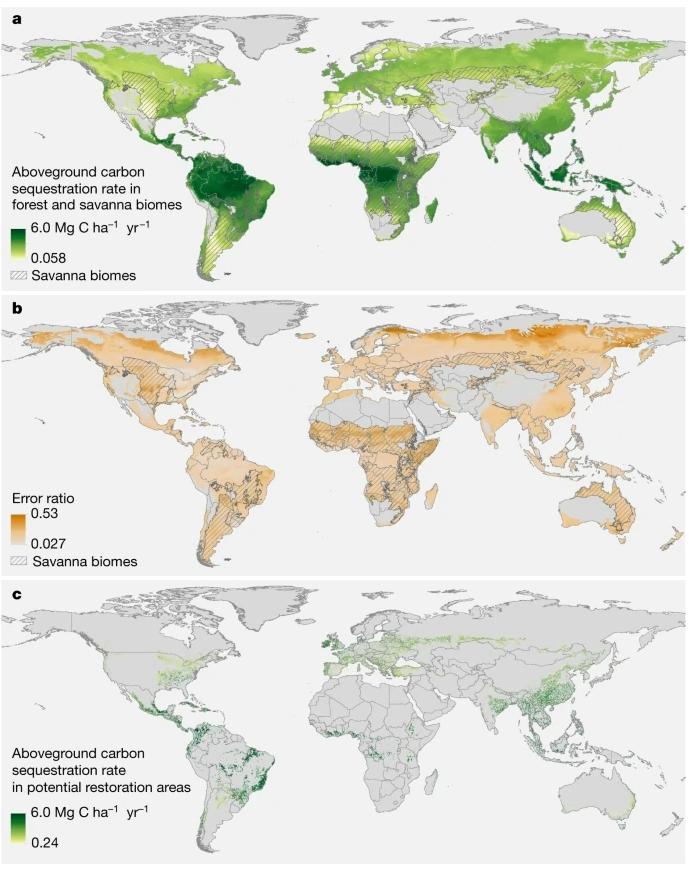
1.5°C scenarios with no or low overshoot from #SR15 have afforestation in 2050 (30 years from now) consistent with those numbers (some even higher).
Worth noting, the CO₂ uptake will not continue at that high rate...
2/
Worth noting, the CO₂ uptake will not continue at that high rate...
2/

The Paris Agreement aims to hold "the increase in the global average temperature to 𝐰𝐞𝐥𝐥 𝐛𝐞𝐥𝐨𝐰 𝟐°𝐂 above pre-industrial levels & 𝐩𝐮𝐫𝐬𝐮𝐢𝐧𝐠 𝐞𝐟𝐟𝐨𝐫𝐭𝐬 to limit the temperature increase to 𝟏.𝟓°𝐂..."
Which of the SR15 scenario categories meet that criteria?
Which of the SR15 scenario categories meet that criteria?

A few points:
* Does "lower 2°C" or "upper 2°C" qualify as "well below 2°C"?
* Are scenarios that never go above 1.5°C too extreme (ie, scenarios that exceed the aims)
* What to do with the peak & decline profile (which has consequences on large-scale carbon dioxide removal)?
* Does "lower 2°C" or "upper 2°C" qualify as "well below 2°C"?
* Are scenarios that never go above 1.5°C too extreme (ie, scenarios that exceed the aims)
* What to do with the peak & decline profile (which has consequences on large-scale carbon dioxide removal)?
Data from the #SR15 scenario database data.ene.iiasa.ac.at/iamc-1.5c-expl…
1. Do Integrated Assessment Models (IAMs) show similar pathways to below 1.5°C?
Robust: All have less fossils, more non-fossils.
Details (a thread): The range of primary energy in 2100 is from 300EJ to 1200EJ (300-700 in 2050). Different IAMs (colours) show different outcomes.
Robust: All have less fossils, more non-fossils.
Details (a thread): The range of primary energy in 2100 is from 300EJ to 1200EJ (300-700 in 2050). Different IAMs (colours) show different outcomes.
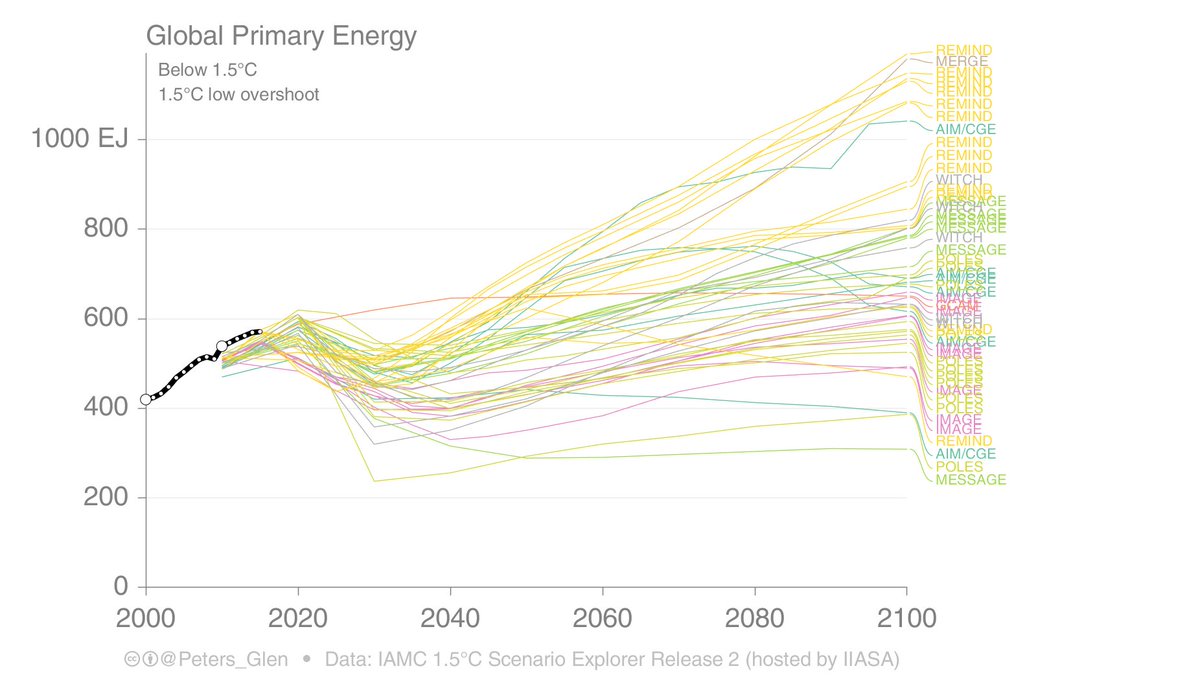
2. I am going to show different scenarios from the IPCC 1.5°C Scenario Database (#SR15). There are 53 scenarios with no or low overshoot of 1.5°C, but only 9 model "families" (grouping versions of the same model).
Important: the distribution of models in SR15 is not uniform.
Important: the distribution of models in SR15 is not uniform.
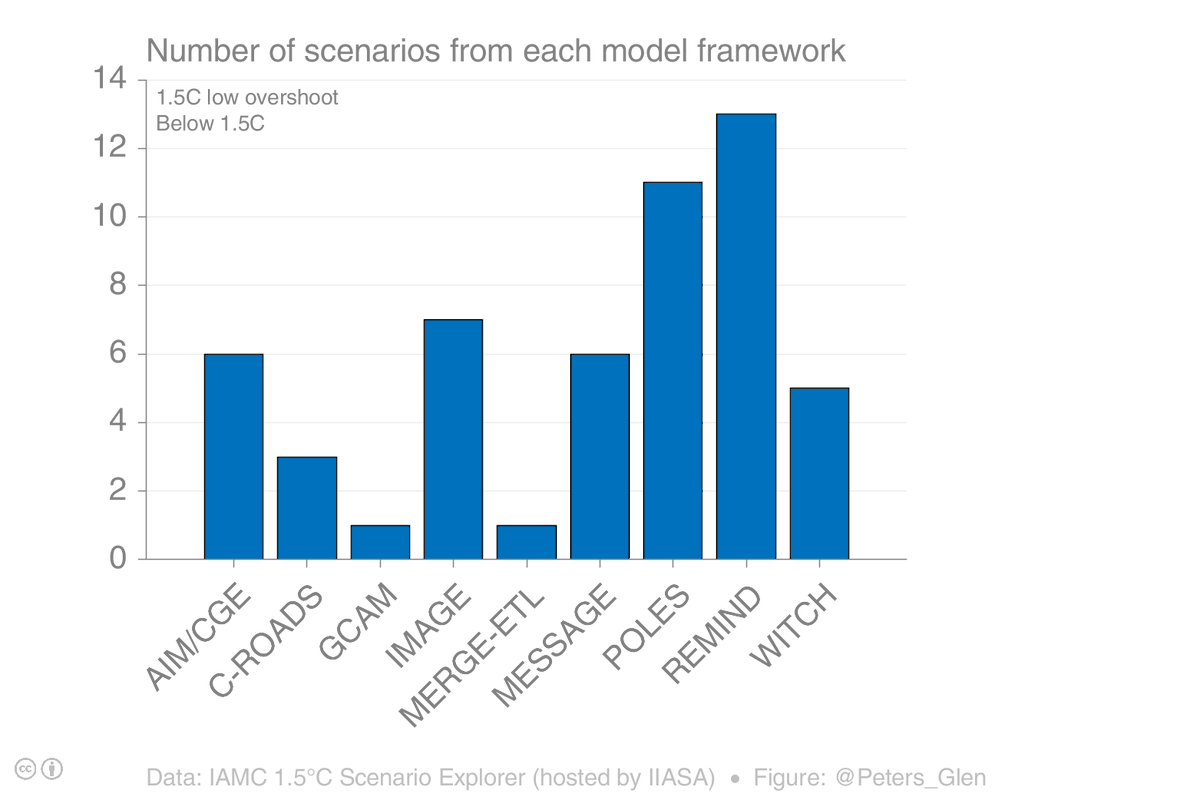
1. How will climate policy affect the oil price?
Historically, the oil price has had huge fluctuations without climate policy. What hope do we have to understand what may happen to the oil price in the future, with or without climate policy?
(Figure: macrotrends.net/1369/crude-oil…)
Historically, the oil price has had huge fluctuations without climate policy. What hope do we have to understand what may happen to the oil price in the future, with or without climate policy?
(Figure: macrotrends.net/1369/crude-oil…)

2. Here are the oil price across scenarios assessed in #SR15. This may suggest 2°C is no different to the reference, & oil price is higher in 1.5°C scenarios...
BUT...
This is an unfiltered model ensemble with many biases, should compare model-by-model...
BUT...
This is an unfiltered model ensemble with many biases, should compare model-by-model...

"[a]n economic recovery tilted towards green stimulus and reductions in fossil fuel investments, it is possible to avoid future warming of 0.3 °C by 2050."
(thread)
nature.com/articles/s4155…

(thread)
nature.com/articles/s4155…


I do have a few problems with this framing...
The use of the word "tilted" implies are rather minor shift, but the "strong green stimulus" is actually a ~1.5°C pathway ("moderate" is a ~2°C pathway).
I thought 1.5°C required a transformation? Did #SR15 get it wrong?
2/
The use of the word "tilted" implies are rather minor shift, but the "strong green stimulus" is actually a ~1.5°C pathway ("moderate" is a ~2°C pathway).
I thought 1.5°C required a transformation? Did #SR15 get it wrong?
2/
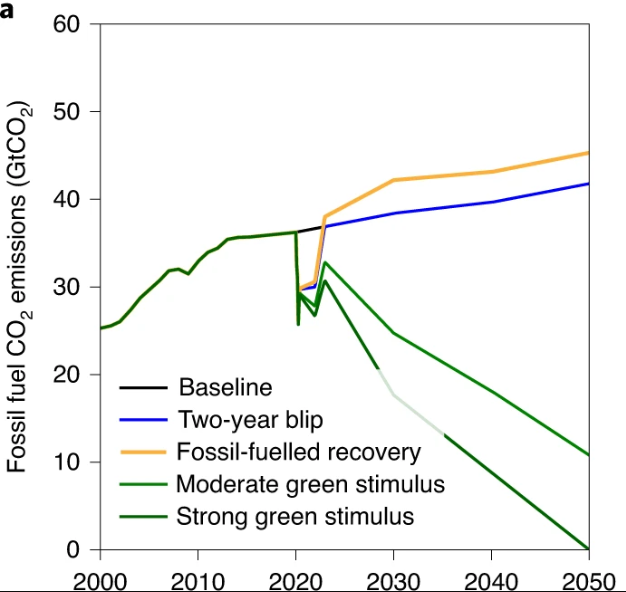
#SR15: "Pathways limiting global warming to 1.5°C with no or limited overshoot would require rapid and far-reaching transitions in energy, land, urban and infrastructure (including transport and buildings), and industrial systems (high confidence)"
ipcc.ch/sr15/chapter/s…
3/

ipcc.ch/sr15/chapter/s…
3/


I think it is justified to criticize 'progressive' nations like UK and SWE for not doing enough for keeping global warming to 1.5°C (they never actually promised that in #ParisAgreement, they just created expectations...)
(1/n)
(1/n)
but the article (and communication around it) treats global (remaining) carbon budget as more or less fixed entity - which it isn't, because of broad uncertainty ranges hidden by single numbers
See @Peters_Glen rdcu.be/b40Uz & I rdcu.be/b40UH in @NatureGeosci
See @Peters_Glen rdcu.be/b40Uz & I rdcu.be/b40UH in @NatureGeosci
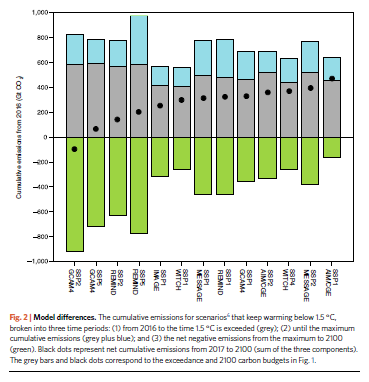
And then there's always the option of 'overshoot' (not only budgets but also temperature).
Not hard to imagine governments not sticking to their preference for 'no to low overshoot' scenarios (as in #SR15)
See @andreasloeschel and I in @NatureGeosci rdcu.be/b40U2
(3/n)
Not hard to imagine governments not sticking to their preference for 'no to low overshoot' scenarios (as in #SR15)
See @andreasloeschel and I in @NatureGeosci rdcu.be/b40U2
(3/n)

